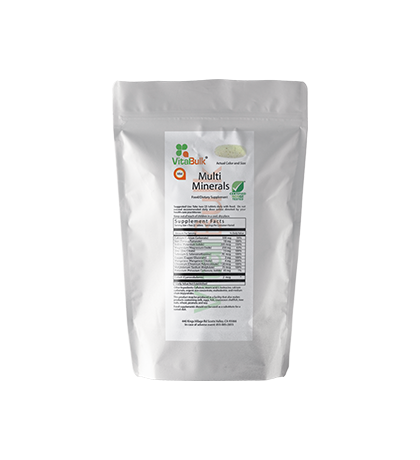Description
Niacin works synergistically with Thiamin (B-1) and Riboflavin (B-2) to produce NAD and energy.
Common side effects are temporary skin flushing, which can start with even low Recommended Daily Allowance (RDA) dosages, and increase with the potency taken. This temporary skin flushing includes warmth, redness, itching or tingling and may at very high daily intake dosages include temporary headache, abdominal pain, diarrhea, dyspepsia, nausea, vomiting, rhinitis and skin rash. These temporary side effects can be minimized and ameliorated by starting Niacin intake at low daily dosages, then increasing daily intake levels gradually, and always taking Niacin with food.
The US Food & Drug Administration established the Daily Intake Value at only 16 mg.
The Council for Responsible Nutrition-USA established the Lowest Observable Adverse Event Level at 1,000 mg/day based on hepatotoxicity, although recommending caution regarding temporary flushing at any dosage of 35 mg or higher.












Reviews
There are no reviews yet.